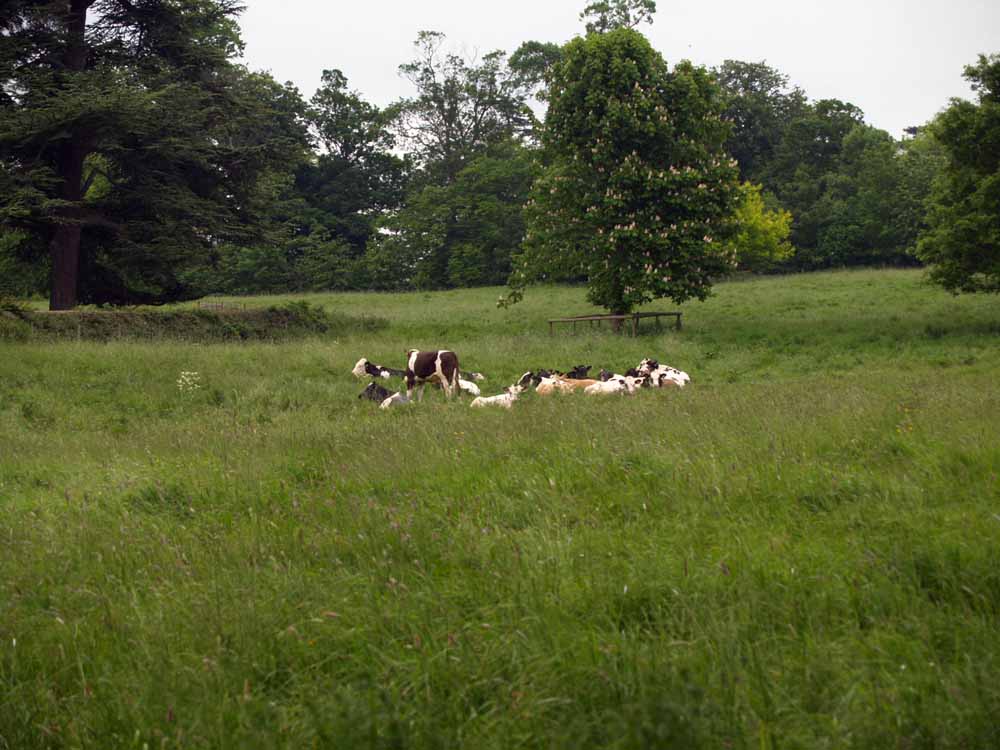
Learn to establish and maintain more productive pastures on farms
Pastures are critical to many types of farm. Farmers have been known to turn unprofitable farms into commercial successes by simply improving pasture. Whether dealing with small or large properties, pasture management is an important part of many types of farm enterprises. Learn to evaluate, design and make decisions about the management of pasture for different purposes.